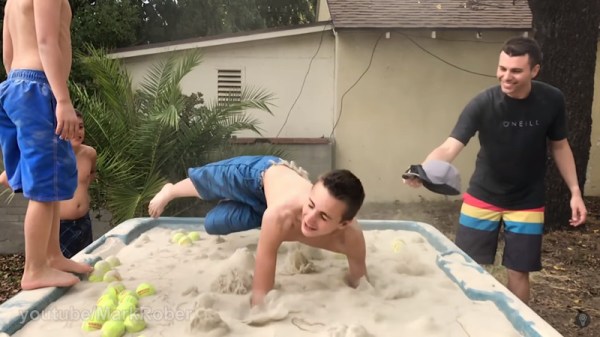[Pete] had a friend who would powder coat metal parts for him, but when he needed 16 metal parts coated, he decided he needed to develop a way to do it himself. Some research turned up the fluid bed method and he decided to go that route. He 3D printed a holder and you can see how it all turned out in the video below.
A coffee filter holds the powder in place. The powder is “fluidized” by airflow, which, in this case, comes from an aquarium pump. The first few designs didn’t work out well. Eventually, though, he had a successful fluid bed. You preheat the part so the powder will stick and then, as usual, bake the part in an oven to cure the powder. You can expect to spend some time getting everything just right. [Pete] had to divert airflow and adjust the flow rate to get everything to work right.
With conventional powder coating, you usually charge the piece you want to coat, but that’s not necessary here. You could try a few other things as suggested in the video comments: some suggested ditching the coffee filter, while others think agitating the powder would make a difference. Let us know what you find out.
This seems neater than the powder coating guns we’ve seen. Of course, these wheels had a great shape for powder coating, but sometimes it is more challenging.












